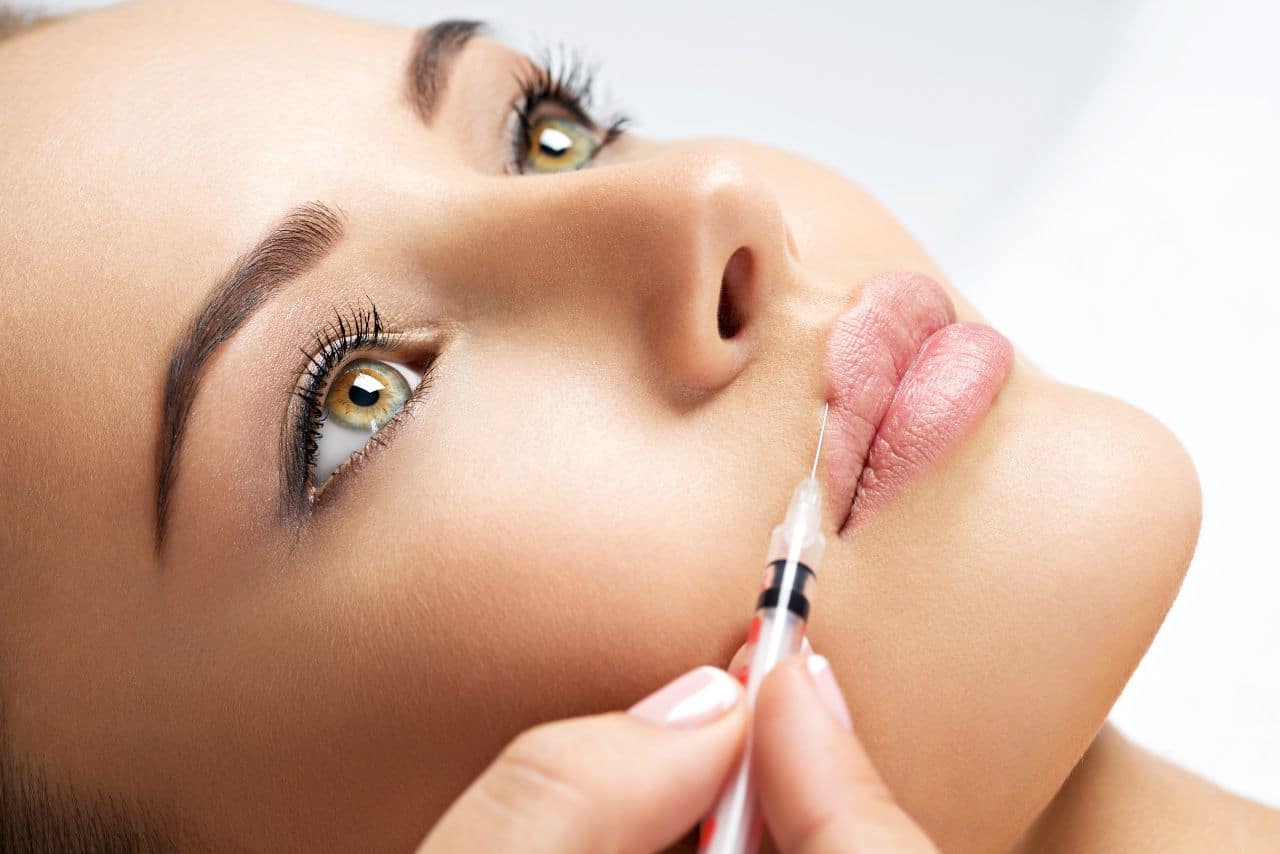
In This Article You will learn:
- What is Lidocaine?
- Definition
- How does it work?
- How can it help your practice
Lidocaine
With most medical procedures, doctors try to reduce pain and speed recovery as best they can. Patients are increasingly looking for non-invasive, pain-free procedures, and local anesthetics, such as lidocaine, have become a crucial part of modern dermatological treatments.
What is lidocaine used for?
Lidocaine is a crystalline compound anesthetic with sedative, analgesic, and cardiac depressant properties. It is topically applied in either base form or hydrochloride salt form as a local anesthetic. Also, it can be used in the latter form to treat cardiac arrhythmias. Available in several forms, ranging from creams to long-lasting patches, lidocaine is used to treat painful ailments, including insect bites, sunburn, and poison ivy rashes. For cosmetic treatments, lidocaine is typically applied to the epidermis and does not cause unconsciousness, unlike other anesthetics used in surgery. The toxicity of this drug is potent, so proper dosage and dilution are key to using it safely. Different procedures and patients will require different amounts of lidocaine, and patients must be tested for allergic reactions.
How does it work?
In dermatology, lidocaine is used to reduce discomfort during certain diagnostic or cosmetic procedures. Lidocaine belongs to a group of medicines called local anesthetics, which work by inhibiting nerve impulses. By blocking signals at the nerve endings in the skin, local anesthetics dampen the electrical potential associated with the passage of an impulse along the membrane of a muscle cell or nerve cell. They do this by blocking sodium ions from entering the nerve cell. To be effective, local anesthetics must penetrate the epidermis, as the target area is the dermis, which contains the free nerve endings responsible for the pain sensation. First, the stratum corneum, the superficial layer of the epidermis and the most impermeable barrier of the skin, must be breached. This layer provides the rate-limiting step in the dispersion process.3 The delivery methods for lidocaine have been designed to permeate this layer and to be properly absorbed by the dermis.
When should it be used?
Pain management is a critical part of any dermatological practice, and the unique properties of lidocaine make it an excellent choice for most procedures. Previously, general anesthesia was used, but it carries higher risks, especially for older patients. The development of lidocaine as an effective topical numbing method has allowed for painless skin and soft tissue diagnostic and therapeutic procedures. Knowledge about mode of action and toxicity of local anesthetics and emergency management is essential for dermatologists in their everyday practice.
Topical anesthetics such as lidocaine are commonly used during injectable dermal filler application, laser resurfacing, laser hair removal, and tattoo removal. Topical anesthetics can be applied by the patient prior to treatment, reducing the duration of the visit. Pain is often a deterrent for cosmetic procedures, so the use of lidocaine helps to alleviate the fear associated with these procedures.
As cosmetic interventions grow in popularity and diversity, it is important for practitioners to understand current techniques and be able to communicate their benefits to patients. A doctor who is well-versed in pain prevention and management should be able to increase patient numbers and improve return rates. Staying at the forefront of technology will help any practice to grow and flourish, so it is important to remain informed of any new developments.

About the Author: Doris Dickson is a specialist writer for Health Supplies Plus, focusing on the aesthetic medicine industry. She diligently researches cosmetic treatments and products to provide clear, concise information relevant to licensed medical professionals. Her work supports Health Supplies Plus’s commitment to being a reliable informational resource and trusted supplier for the aesthetic community.
Disclaimer: The content provided in this article is intended for informational purposes only and is directed towards licensed medical professionals. It is not intended to be a substitute for professional medical advice, diagnosis, or treatment, nor does it constitute an endorsement of any specific product or technique. Practitioners must rely on their own professional judgment, clinical experience, and knowledge of patient needs, and should always consult the full product prescribing information and relevant clinical guidelines before use. Health Supplies Plus does not provide medical advice.
